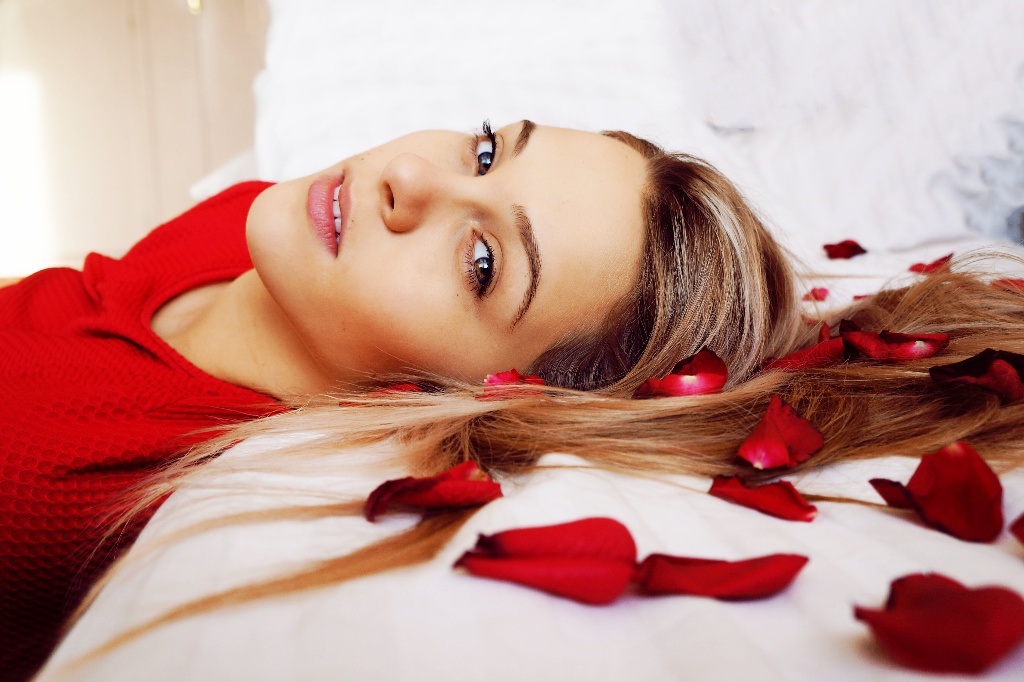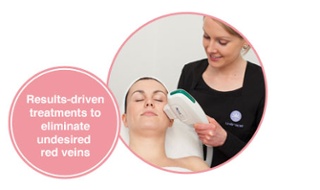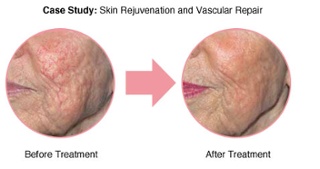Thread Veins: What Are They And How Can You Treat Them?
Thread veins, also known as spider veins or, to give them their medical title, telangiectasia, are a condition where red or purple lines are visible through the skin. Often called broken veins, these web-like patterns are not actually caused by broken veins but enlarged ones.
Thread veins occur when capillaries (tiny blood vessels) underneath the skin become overstretched and weakened. They remain stretched and become visible under the skin.

Thread veins are very common; 20% of women develop them in their 20s, and 50% of women over 40 suffer from them. While they’re not dangerous, they can be quite distressing and have a negative impact on a person’s self-esteem. They generally occur on the face, particularly the cheeks and nose areas, and the legs.
What causes them?
A number of factors can cause thread veins and most focus on making the blood vessels work harder, which will ultimately cause them to overstretch and stay enlarged. Women are much more likely to develop thread veins than men, as hormone fluctuations and pregnancy can cause a weakening or relaxing of the vascular walls.
Thread veins can be hereditary so if a family member has them, chances are you may develop them too. Frequent exposure to extreme temperatures and too much sun can also cause damage. They also become more common with age, as the skin begins to weaken and loses collagen.
Can you prevent them?
Not really, but thread vein removal is possible through a variety of treatments, and there are some lifestyle changes you can make to help reduce your chances of developing thread veins.
- Avoid extreme temperature changes – e.g. using very cold or very hot water while cleansing your face.
- Be kind to your skin – Avoid harsh exfoliants and go easy with body brushing. Always brush dry skin, never wet.
- Keep to a healthy weight – Obesity puts pressure on the body’s system, causing the blood vessels to work over time.
- Go easy on alcohol – Alcohol causes the blood vessels to dilate and over time, they lose their ability to contract again. This can cause thread veins and a general redness, especially around the nose and on the cheeks.
- Sun damage can exacerbate the problem so always use a broad spectrum, high factor SPF every day.
- Boost your diet – eat lots of antioxidant-rich food, including a variety of brightly coloured fruit and veg. Blueberries and red grapes can be good as they contain antioxidants called anthocyanins, which help to build connective tissue in the skin. Vitamins C, E and K are all good for skin health too.

How can you treat thread veins?
The good news is that it is possible to treat thread veins and there are a number of options available. Treatment can help with thread vein removal around the eye area, broken capillaries on the cheeks and vascular lesions on the sides of the nose.
IPL
One of the more common treatments, IPL (Intense Pulse Light) aims targeted pulses of light to the problem areas. It heats up the cells, which causes them to break up, and then they are simply flushed out by the body. A good IPL laser clinic will have an expert consult with you on how best to undergo this treatment, and will advise on IPL laser aftercare.

Laser 360 treatment
The FDA-approved Laser 360 treatment, which combines three different light-based technologies, has been used on thousands of patients across the world. It can be used to treat a whole number of skin issues but is very effective for treating thread veins and vascular marks. It uses pulses of light to reduce the appearance of damaged blood vessels and it evens out skin tone and other colour irregularities in the skin too.
Every person’s skin is different so it’s important to talk to a skincare professional before embarking on any treatments for thread veins. Consultations are available at Thérapie Clinics. Call them on 1890 650 750 or directly book an appointment below.



